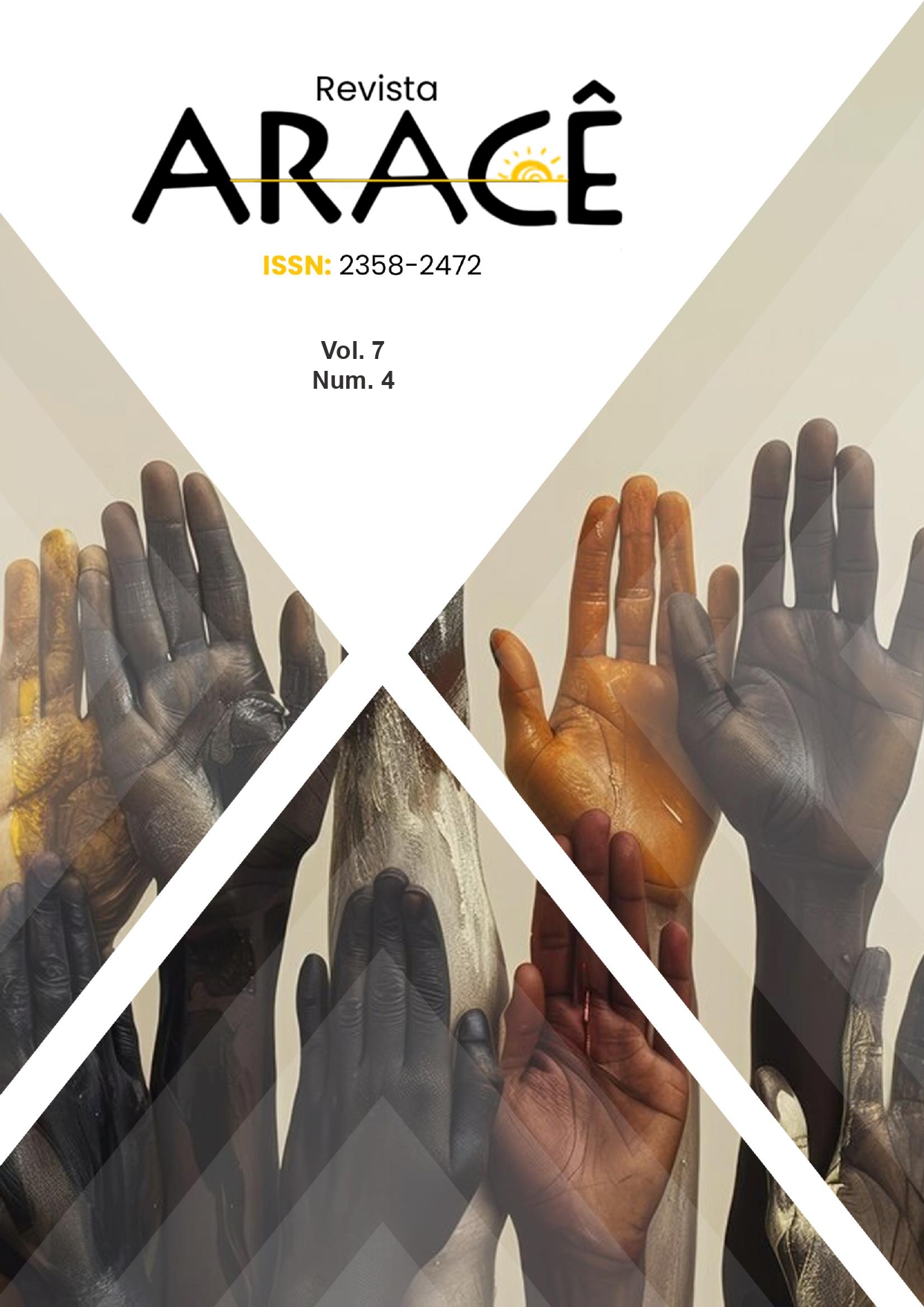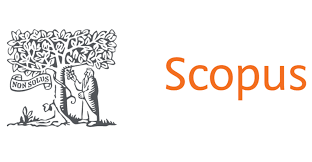USO DA FOTOBIOMODULAÇÃO NA CICATRIZAÇÃO DE ÚLCERAS DE PERNA DE DIFÍCIL CICATRIZAÇÃO: ENSAIO CLÍNICO RANDOMIZADO
DOI:
https://doi.org/10.56238/arev7n4-228Palabras clave:
Úlcera da perna, Ferimentos e lesões, Terapia com luz de baixa intensidade, CicatrizaçãoResumen
Úlceras de perna são caracterizadas por um curso prolongado, cicatrização retardada e altas taxas de recorrência, trazendo um grande desafio para o tratamento clínico e cuidados das pessoas. Sua prevalência aumenta com a idade o que afeta também sua recorrência e adesão ao tratamento. Objetivo: comparar o efeito da fotobiomodulação adjuvante versus o tratamento convencional isolado na cicatrização de úlceras de perna. Método: ensaio clínico unicêntrico, randomizado, com 17 pessoas atendidas em um serviço de referência. O desfecho de interesse foi cicatrização da ferida. Incluiu-se pessoas com úlceras de perna que apresentavam a lesão há seis semanas. A coleta de dados foi feita por meio de um questionário sociodemográfico, um formulário com aspectos de vida e dados clínicos e a Escala de úlcera por pressão para Cura/versão adaptada (Pressure Ulcer Scale for Healing) para avaliação das úlceras. Análises feitas pelo Statistical Package for the Social Sciences (SPSS), versão 20.0, sendo conduzidas análises descritivas e bivariadas. Resultados: os indicadores clínicos Quantidade de exsudação e Área da lesão apresentaram diferença estatisticamente significante no grupo-intervenção. Conclusões: a fotobiomodulação adjuvante comparada ao tratamento convencional retornou melhores resultados no processo de cicatrização de úlceras isquêmicas de perna.






